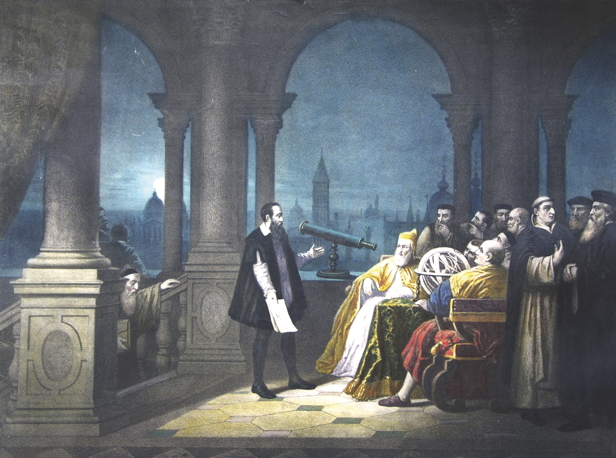
A name now associated with the most advanced modern space discoveries, Galileo Galilei was an Italian astronomer and philosopher born in Pisa in 1564. By far his most celebrated invention was his telescope. Modelled on others of the time, by November 1609 Galileo had invented the world’s first telescope with x20 magnification.
With his contraption Galileo achieved groundbreaking astronomical discoveries with the potential to change the way 17th Century man perceived the cosmos. 400 years ago he was the first to realise that the moon was not completely spherical but in fact had cavities and imperfections. He also discovered the first four moons of Jupiter, which became known as the Galilean moons.
In 1610, upon observing the lighting variations across the surface of Venus, or the ‘phases of Venus’, Galileo came to the assumption that Venus moved around the Sun – a theory that wrenched the Earth from the centre of the universe.
Galileo’s telescope employed the same mechanics as modern-day refractor telescopes. It consisted of a tube containing a simple arrangement of a convex objective lens (which changes the path of incoming light waves) and a concave eyepiece lens. Light passing through the objective lens is bent to a focus near the eyepiece, magnifying the image. The main downside to the telescope was its narrow field of view, which diminished with magnification, so only a portion of the moon can be viewed at one time.
